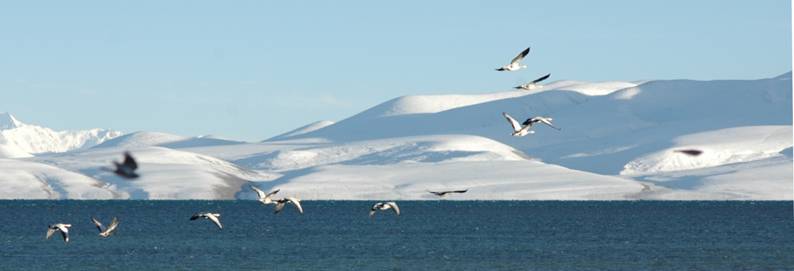
Following our semi-kora we followed the usual pilgrim’s route to Lake Manassarova, or Maphan Yun-tso, the holiest lake in Tibet, as well as one of the highest at around 4580m. Apart from its incredible beauty in the shadow of 7728m Mt Gurla Mandhata and its proximity to Mt Kailash, the lake also has more hot springs nearby, which were just the ticket hours after our trek. The lake also has to classify as the coldest place we have yet stayed in Tibet, partly due to altitude but mostly due to the strong winds that seem to plague this small water-bound region. Although still below freezing, the cold is not so bad during the day when the strong, high altitude sunlight gives a psychological boost, however during the night we had to develop tactics to cope. These included pre-heating of sleeping layers while fully dressed as well as taking to bed all manner of items that require warmth to function: These included cameras, mobile phones, water bottles, clothing to avoid the early morning shock and eventually jerry cans of diesel when the fuel started to go waxy and could not be poured. Intimate bed time moments were limited to blown kisses through chapped lips across the gap between his and hers sleeping bags. We also started to dread the late night runs to the outdoor toilet. Tibetan long-drop toilets have no cover to speak of and the back of the long-drop is open, presumably to allow for periodic emptying, however it also has the effect of allowing the wind to blow back up the drop, which can occasionally make dropping a challenge.
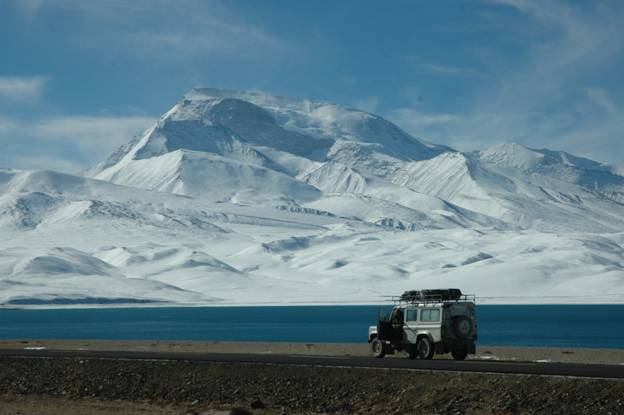
We spent two nights at the Lake, recuperating before the long driving days to Lhasa. This included a day trip to Purang on the Nepalese border, skirting Mt Gurla Mandhata, which looked strangely achievable from our perspective of 4800m. Purang is a town made prosperous by cross border trade as well as the first significant signs of farming we had seen since Xinjiang. Homes were much larger than we had grown used to, sometimes with a second floor and often with a courtyard for animals and further security. We spent some of the day wandering around the “trade centre” – a market for Chinese and Nepalese goods: pots and pans on one side and Nepalese clothing, spices and sugar wrapped in leaves on the other. Not being a significant market day, the traders mostly spent their time drinking sweet Nepalese tea and playing Chinese poker.
The following day we started our drive to Lhasa. Initially confident that we could cover the distance in 2-3 days, we were quickly disillusioned when the tarmac and then dirt road ran out and we were faced with the dreaded “road under construction”. More dust and rutted mayhem than ever before due to the increased volume of traffic destroying even the detours, we resigned ourselves to the pounding as 2-3 days became 4-5.
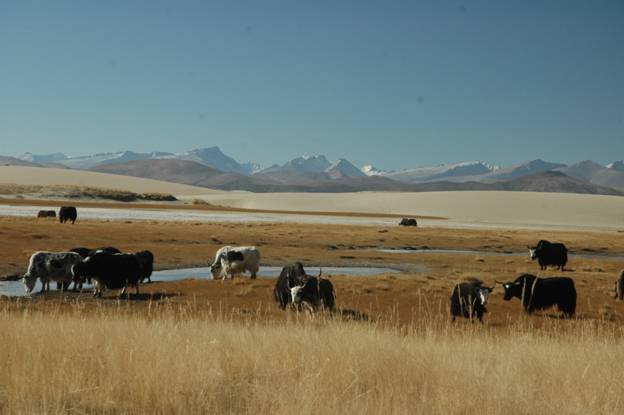
After our second day averaging 30-40km/hr we eventually concluded that anything would be better than the main road. So it was an easy decision to take another of our favourite county tracks, disregarding the distance it would add to our journey, or that much of this extra would be on the Friendship Highway, a road that we had hoped to see fresh on our drive from Lhasa to Kathmandu.
This turned out to be an excellent decision. The road headed South before skirting the Nepalese border and the heart of the Himalayas. Although the driving was hard we saw some of the most outstanding scenery of our trip so far. Initially over hills and past lakes dotted with nomad’s felt tents we ended the morning climbing over one of the most impressive 5000m passes we have experienced into a valley surrounded by 6 and 7000m peaks beyond.
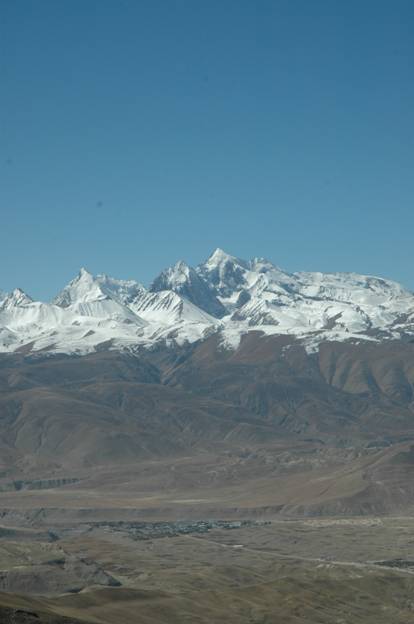
Although exhilarated by the drive we were a little surprised to find ourselves at the town below, Dzongka, having assumed that we would be skirting habitation. After many long discussions with confused locals we eventually established that our turnoff was the other side of the pass that we had spent the past hour struggling over. Sometimes in Tibet maps are vague, there is no one to ask directions and signposts are a luxury not to be wasted on locals and fools. The high pass was a little less exhilarating the second time around.
Once back on the main road the scenic treat continued. We found ourselves off the main track by some unforeseen detour and heading down a dry river bed, cliffs on either side obscuring our view. We continued following the vague tracks marking the way until the cliffs suddenly opened out and we were driving above a beautiful and deserted lake, Himalayan peaks towering all around us. One of the most uplifting sights of our trip.
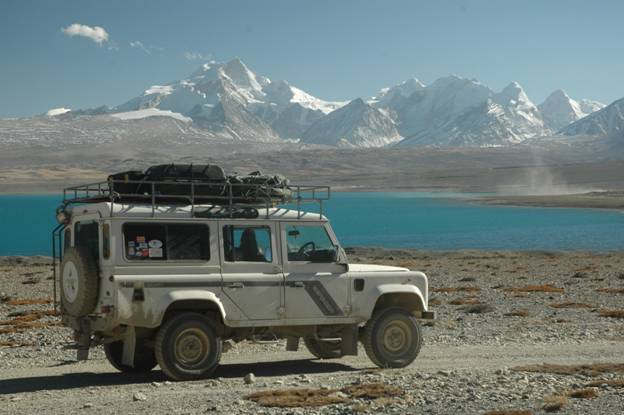
The many tracks continued to skirt the lake, with an occasional Landcruiser sending up plumes of dust, before heading East towards the Friendship Highway, immense mountains parading on our right hand side.
We finally reached the Friendship Highway and pristine tarmac, blessedly finished earlier this year, in early evening. We had one final treat before the light failed completely and we found our hotel. Just as the sun was dipping on our stretch of road the highest mountain of them all came into sight. For about 20km we had a view of the North face of Mt Everest with Lapchi Gang and Cho Oyo to the West. As the sun dropped the peak remained the last lit: changing colours and still uplifting even in the distance. This is our first glimpse; we hope to get a closer view on our way back down in 2 week’s time.

Our dash up the Friendship highway was a little less momentous, largely as we were doing our best to avoid experience in anticipation of the return journey to Kathmandu. One experience we couldn’t avoid was the increase in population, traffic and interference that these bought. We had grown used to our significance in isolation, so it was a shock to see signs of tourism in amongst the still haunting landscape. Signs also of Chinese administration, including slogans on signboards every 10km or so: “Lets build a beautiful Tibet together ; Conservation of Tibet starts with us; Keep our skies blue and waters clear; Accidents happen in a blink, be cautious.” Although reassuring to see these, very laudable, policies stated clearly, they still somehow jarred in their setting.
We also encountered our first speed check points of Tibet. These are small booths from which an official prescribes the time after which you may arrive at the next little booth, a known distance down the road. These prescriptions are based on the vehicle and driver’s capability, and being a foreign liability ours were particularly stringent. One restriction required us to travel 25km in 35 minutes, an almost impossible challenge in the circumstances. Of course, this has caused small enterprises such as roadside cafes and car wash stations to spring up just prior to the check points – a testament to the enterprising nature of the locals.
Unfortunately, these unforeseen delays caused us to arrive into Lhasa late in the evening, only just diminishing from the experience of our first sight of the Potala Palace: immense, flood lit and standing as a proud landmark over the city.
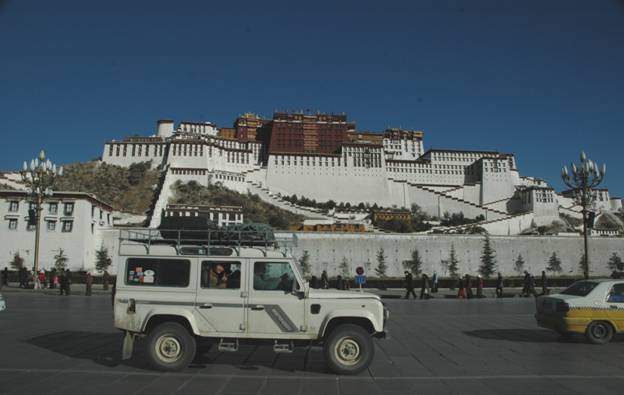




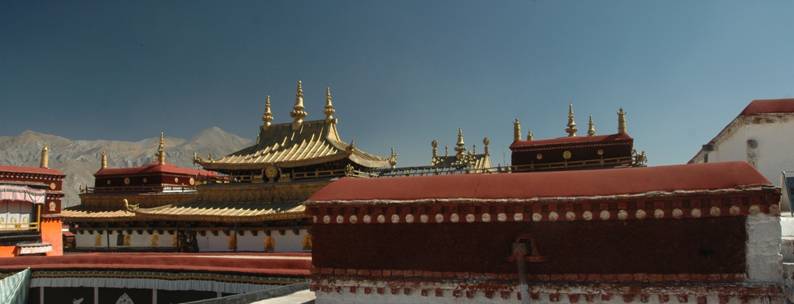
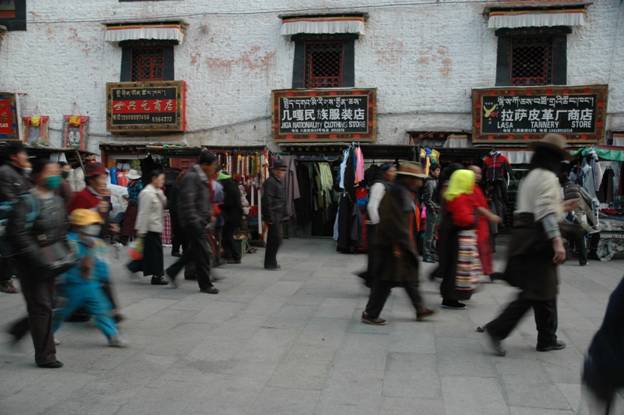
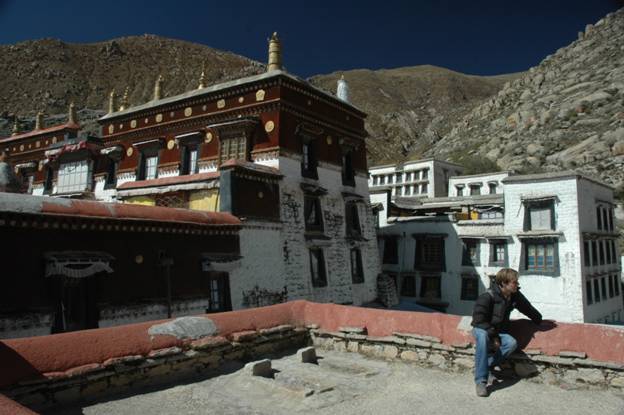
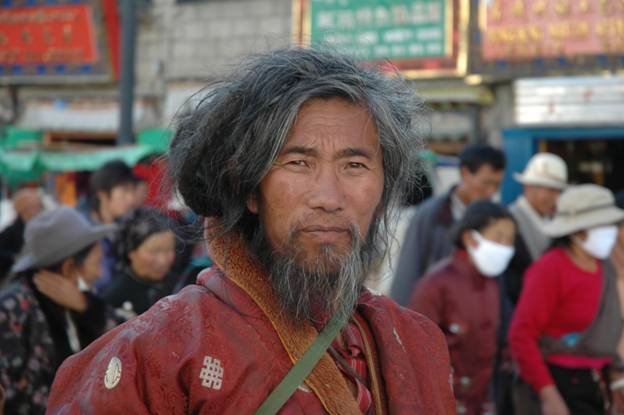
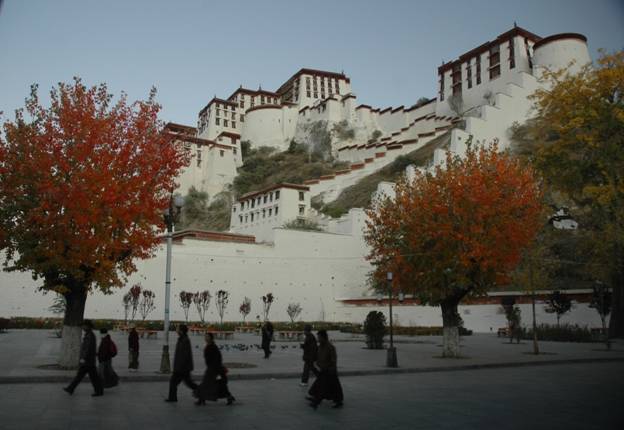
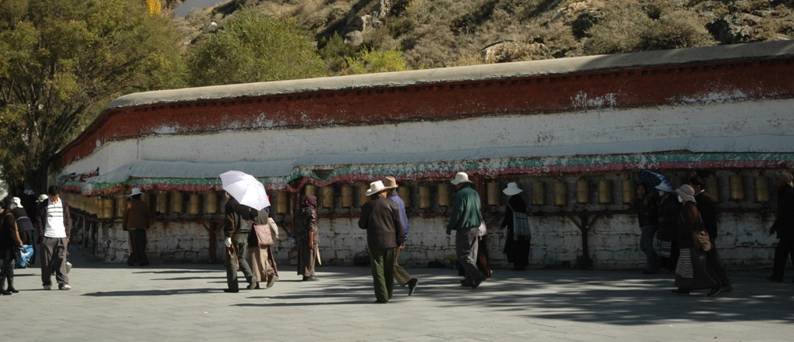







You guys are awesome! Paul Hansen has just given us the link to your site & your journey is great. We love the photos too.
All the best & we will keep an eye out for the landy driving through the Melbourne streets (it's just a bit further down the road from Nepal).
Ciao
Dan & Kirst
PS: Kirst gave birth to our lovely little girl (Ava Grace Stewart), born 24th Dec 09.
PPS: We have moved to Melbourne (still waiting for you to come & stay with us).